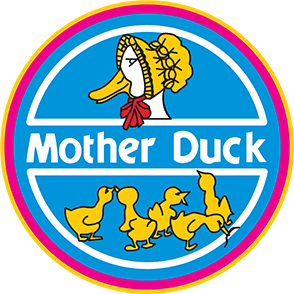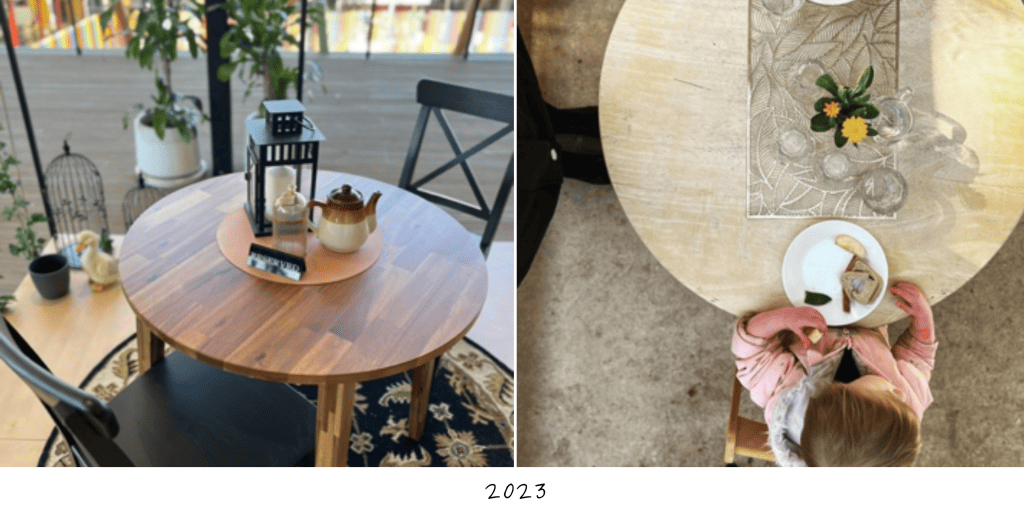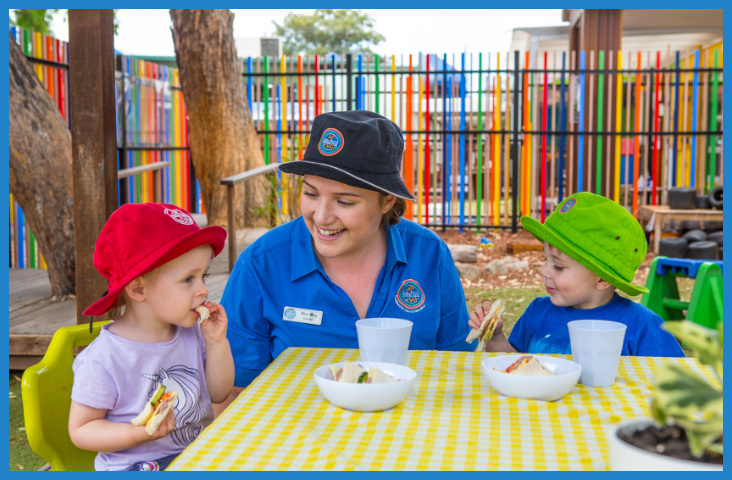
How do we ensure our educators engage in ongoing professional learning?
Like all professions, early childhood education continues to be informed by new research about children, childhood, child development, curriculum and innovation in teaching and learning. At Mother Duck Childcare and Kindergarten, we take our teaching and educating teams’ continuous professional learning as a core part of informing the work we undertake with and alongside children and families, so that we remain up to date with new developments in our sector and beyond.
As Chief Curriculum Officer at Mother Duck, my role is to ensure that our teaching and learning teams have access not only to new ideas that are emerging in our profession, but also how we might respond as an organisation in the practical application of these advances. So, let’s have a look at a couple of examples:
Visual noise
Research into children’s brain development has shown us that lots of bright colours and movement interfere with young children’s ability to concentrate and stay on task. The distraction of many different colours in an environment and/or the constant playing of music, and/or lots of things hanging from the ceiling that move in the breeze inhibit children’s capacity to engage effectively with the learning experiences they may be engaging in. This might seem counter to most people’s thinking that children ‘love’ bright colours, lots of noise and lots of movement. However, in a learning environment such as that in an early childhood centre, these do not do children’s brains any favours – indeed they stop children from learning effectively.
At Mother Duck, we have moved away from bright colours in our hallways, foyers, and studios (classrooms) and have reduced the number of displays on our walls, and we only hang purposeful or intentional items from our ceilings. In this way, our experience has shown us that children are calmer, are able to concentrate for much longer periods of time, and the noise level of their play is usually at a hum rather than a squawk level! The photos below from our Mother Duck Manly centre may give you an idea of how all our teaching and learning environments have changed in response to the research over the past 5 years.
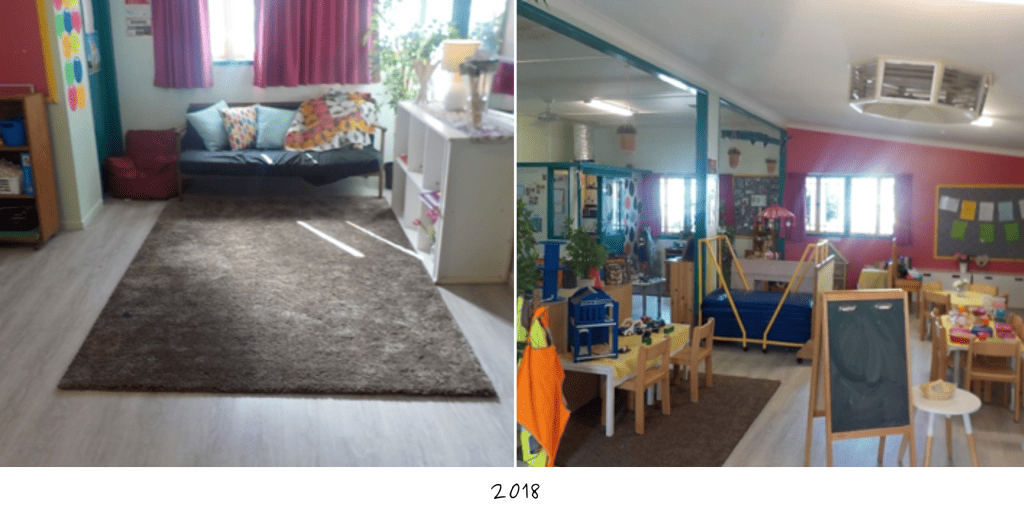
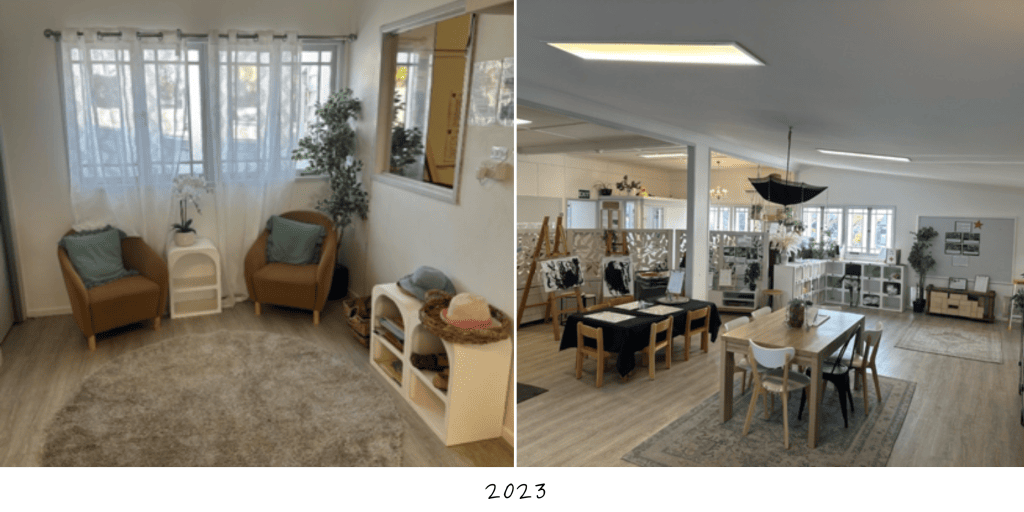
Mealtimes
I often look to research outside of the field of early childhood to try to seek explanations for the niggles I might have about the way we do things in our education and care settings. For many years I was concerned about the way meals and snacks were offered to children in these environments. These parts of the day seemed rushed, often chaotic, and very much a task to be performed by both adults and children. Children seemed to be herded to snacks or lunch, and the adults appeared to be buzzing about and hurrying children to eat and get on their beds for rest, or on to the next activity. This did not look to be a pleasant, calm, or relaxed experience for anybody.
In addition, children had a very passive role in their meals and snacks, with no opportunity to learn about how hungry they were, and how much food they needed to satisfy their hunger. Research from the health sector indicated that Australia is experiencing a significant increase in eating disorders, with younger and younger adolescents and children experiencing issues with food.
So, at Mother Duck, we set about changing the way we approach meals and snacks so that children had a more active role in the experience, that our meal and snack spaces had elements of beauty and tranquility, and that the adults were engaging purposefully with children. In essence, we have slowed down these experiences, lunch times are progressive (children elect to come to lunch when they are hungry), and children are involved in setting tables, serving themselves and cleaning up. The adults now sit with the children supporting casual conversations and talking to children about how hungry they feel and how much food they need on their plates. The photos below from Mother Duck Lawnton and Bracken Ridge may give you an insight into how our meal spaces are presented after transforming our approach.
Professional learning structures
In addition to the way in which we think about our physical environments, we have also given a lot of consideration to how our teams are provided with opportunities to deepen their understanding of working with and alongside children, and each other. Researching the ways in which other successful and world-renowned early childhood settings approach the systems within their organisations (such as the infant and toddler centres and preschools of Reggio Emilia, Italy), led us to reconsider the structures which might help us to offer more collaborative opportunities for both adults and children.
I’m going to delve into these in more detail in my next blog post, but it’s important for families and the community to know that, at Mother Duck, we spend a lot of time ‘behind the scenes’ collaborating, evaluating, and making informed decisions about how we approach teaching and learning in our settings. This is where we not only draw upon external research, but also our own observations and analyses of the way in which children and adults interact with our environments, the teaching strategies we use, the expectations we hold of children, and the way in which we document teaching and learning. This is what we call ‘curating contexts for teaching and learning’.
Just one example from our Lawnton centre below is our ‘cross-studio meeting’ where a representative from each studio meets with myself and the Pedagogical Coordinator. These meetings are held to ensure that we have consistent practice across the centre, and where decisions are made about refinements, changes, or forward directions in our curriculum and new ideas are explored.

I hope that this has given you a small window into the behind the scenes at all Mother Duck centres, and please do look out for more information about our structures in my March blog.
Dr Deborah Harcourt is the Chief Curriculum Officer at Mother Duck Child Care and Kindergarten. She was the Foundation Professor of Early Childhood at the Australian Catholic University and is now the Executive Director of Asia Pacific Early Childhood Consultants. She has worked in the field of early childhood education for the past 30 years in Australia, Singapore (where she was based for 10 years), China, Malaysia, India, Indonesia, UAE, UK and Sri Lanka. Deborah began her career as a preschool teacher and then moved to the tertiary sector where she has taught at both undergraduate and postgraduate levels in teacher education, health sciences and within a school of medicine. She is interested in researching with young children to explore their views and opinions about matters that might concern them. Deborah is a long-term investigator of the principles of the Reggio Emilia Educational Project, and what they might mean to early childhood education outside of Italy.

